0001 - introductions, figuring it out, and Millennium
Millennia, Wednesdays, Dynamos (oh my!)

Ry’s Comic List 001
Hi! And welcome to the first issue of my newsletter “Ry’s Comic List,” I’m Ry. If you’re reading this, you probably came here from one of my instagram accounts where I have been digitally slinging comics since 2021. For a variety of reasons that I may get into at some later date, I have decided to switch my attention to a newsletter/webshop format. The newsletter will come out roughly once a month and feature my writing on various comics featured in my web shop— essentially a longer version of the captions I have been writing on my instagram. These newsletters will be heavily illustrated with photos of the actual physical books and will be available for purchase through a bigcartel shop linked at the bottom of the email.
Part of the beauty of selling through instagram was the ability to calculate shipping at the very end, allowing people to add together multiple small books. Sadly that won’t be an option anymore in quite the same way. To balance out that loss, I will have a section of the shop labeled ‘longboxes’ that I will keep stocked with smaller one off issues, parts of larger story arcs, and generally cheaper material. This means that there will actually be more stock available on the website than what I can reasonably write about here, So definitely keep an eye on the web shop even if I haven’t written to you in a while. I have the shop set up to add .25¢ to shipping per single issue and a little bit more for bigger sets. I should say now that I reserve the right to alter this system as needed in the next few months while I work out the bugs. I appreciate your patience in the meantime.
Thank you for reading through this far and please get some books to support my writing! Below is the first issue of Ry’s Comic List. I went all out on this one, but I promise not every issue will be this densely packed.
one more quick note— generally the first image is a link to the corresponding listing in the shop!

Millennium was DC’s third ever company wide event in the wake of Crisis on Infinite Earths and its follow up Legends. Whereas the former was a result of top down editorial mandates and the latter was only the first of many events to harvest Kirby’s Fourth World ideas for DC’s own corporate bottom line, Millennium differentiated itself by being an experiment with weekly releases and an almost complete line wide integrated story. The series developed out of writer Steve Englehart’s run on JLA and his contributions to DC’s Manhunter character (itself being a separate Kirby creation). This guy has possibly the most confusing character history of anyone in the DC universe that has also managed to star in several actually good books by separate creators. A fact that we will return to at a later date. For the purposes of Millennium, the Manhunters are simply the villainous counterparts of the Green Lantern Corps who will stop at nothing to sabotage the ascension of humankind. Did I mention this came out in the eighties?

Engelhart is a writer that I am of course familiar with, but have never taken the time to properly dig into his work. I think of him as a mainstream writer eminently capable of pushing the inherent strangeness of comics to the nth degree. This is an excellent quality to have for any writer of a line wide event because it ensures that things will get kooky no matter how straight-laced and commercial the company tries to make it. Millennium is no different. It’s central conceit is that humanity will soon evolve into a new superhuman species and ten individuals have been chosen to guide that transformation. The Manhunters have infiltrated every level of Earth society in order to stop this momentous transformation from happening. Traitors are revealed, new series are launched, and DC got a shiny new superhero team out of it (for twelve issues at least). But take another look at that plot description. It reveals a small taste of the strange mix of new age optimism mixed with superhero plotting that Engelheart injected into the story that is readily apparent of you sit down and read the whole thing.

My initial interest however, was not in the plot, but rather the art team composed of Joe Staton’s straight down the middle pencils and Ian Gibson’s exaggerated, cartoonish inks. This is some of Gibson’s first ever work published in the United States and was therefore probably many reader’s first time encountering his style. That said, he was already a pretty big star in his native Britain having worked his way through Judge Dredd and various other 2000ad strips such as Robo-Hunter and, most notably, Halo Jones with Alan Moore. Staton has a much more traditional American style that appears heavily indebted to Dick Dillin’s brittle line that characterized the Justice League of America book of the sixties and seventies. The two artists together, Staton and Gibson, make a surprisingly strong albeit strange artistic package.
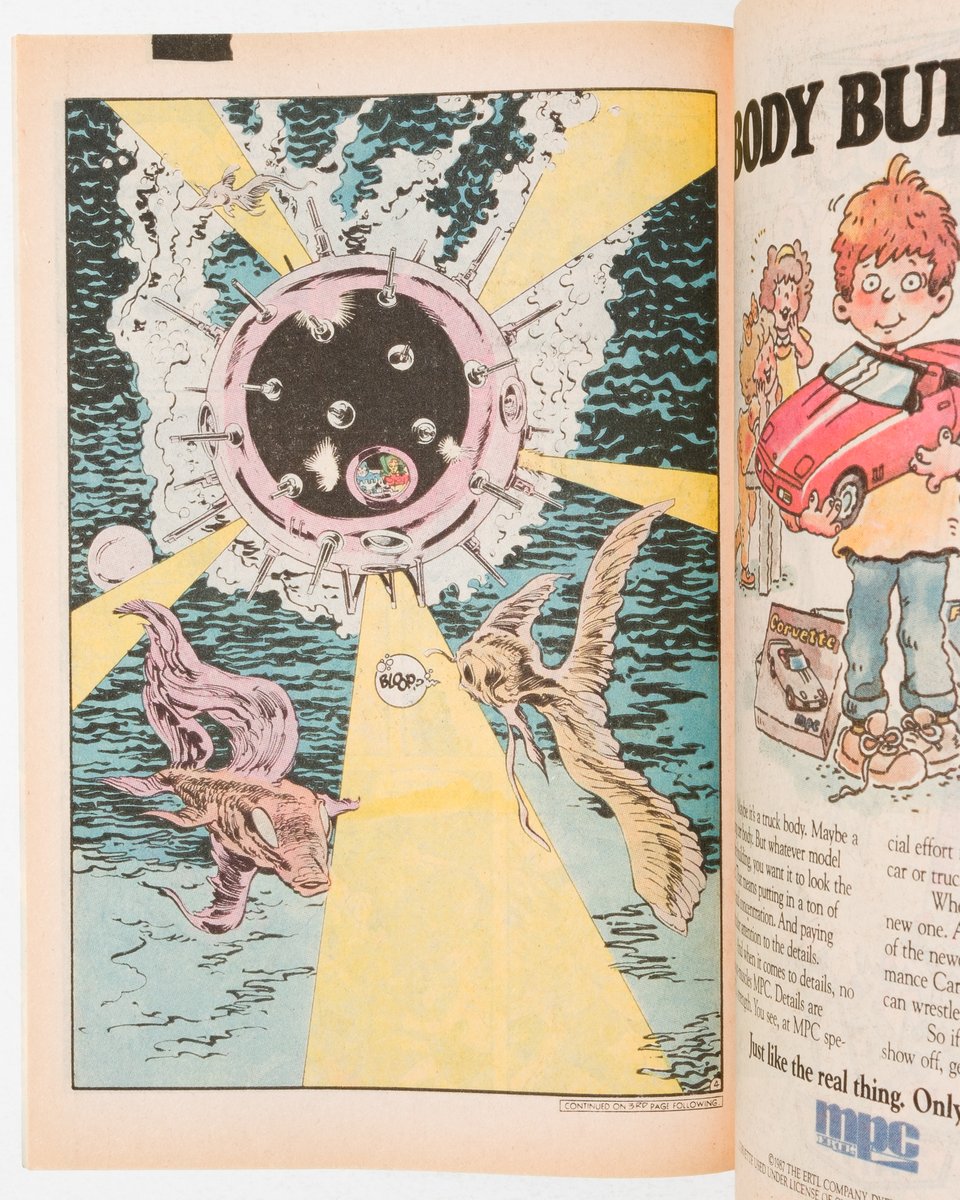
The odd publication schedule is also noteworthy. As mentioned above, the series was published weekly for all eight of its issues, but crossed over into nearly every DC book published for those two months. This meant that every week you would read the mainline Millennium book first and then follow whatever story threads you like through other titles. The continuity was very tightly held together and oftentimes pivotal events happened in tie in books that would affect the course of the main story. DC has continued experiments with weekly books, but this dense, interconnected crossover schedule is arguably the more lasting impact of the book. If you’re given to pessimism this is because it’s an easy way for DC to juice sales on a lot of books all at once, but I can’t deny there isn’t a certain appeal to all this books weaving together to tell a massive story from multiple angles— like a patchwork quilt twisted and pulled around a glass of water seen through a house of mirrors. I have not attempted to gather every single tie-in. Instead I have focused on the books that hold some special interest for me, such as the epilogue story in Teen Titans Spotlight illustrated by Colleen Doran, or an Erik Larsen illustrated issue of The Outsiders. I’ve included those and some other choice selections like the always reliable Suicide Squad and the historically interesting issue of DC Spotlight with a Millennium cover story along with with an issue of Secret Origins in which Roy Thomas tries to unify all the different characters to ever be called ‘Manhunter.’ That books is anchored by some incredible Howard Simpson art.

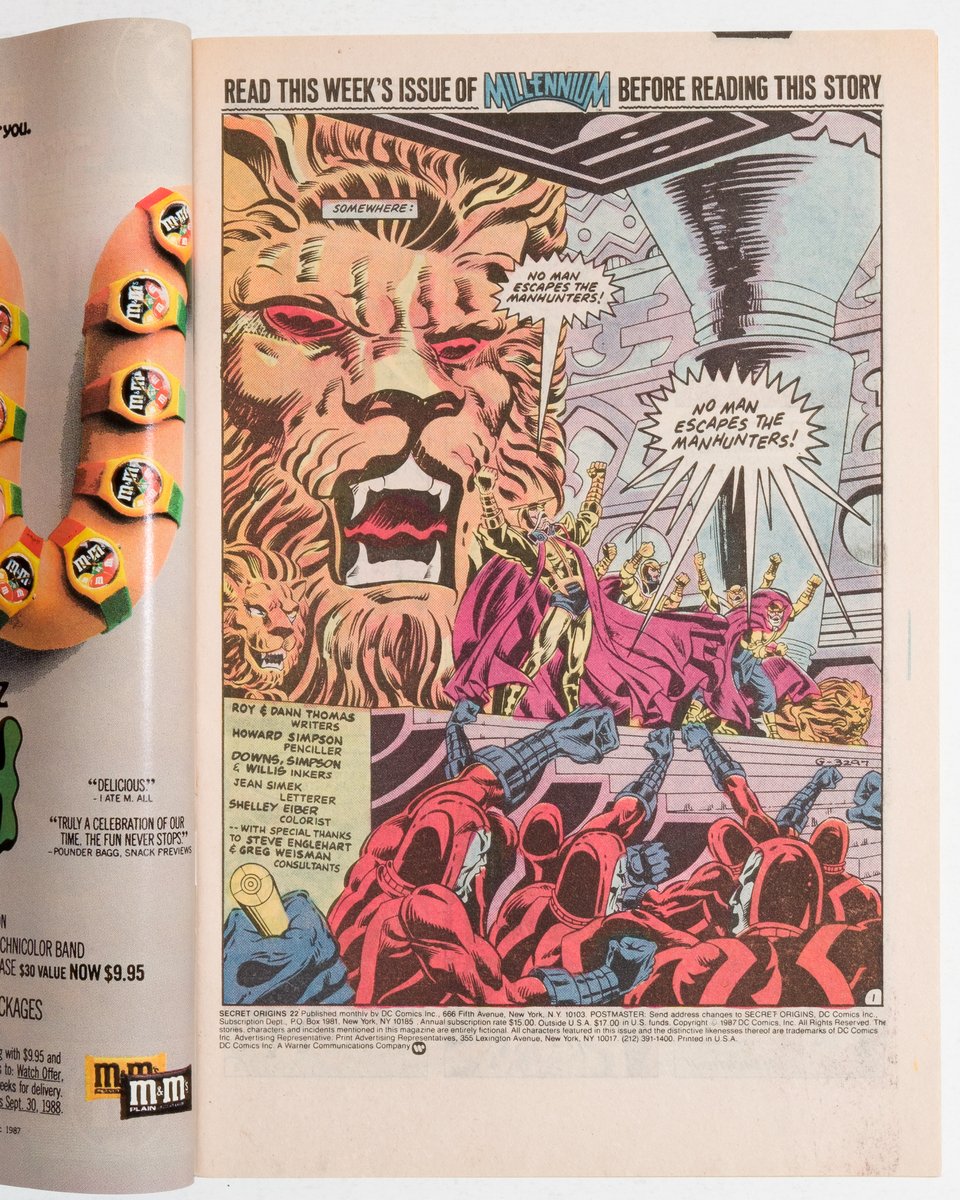
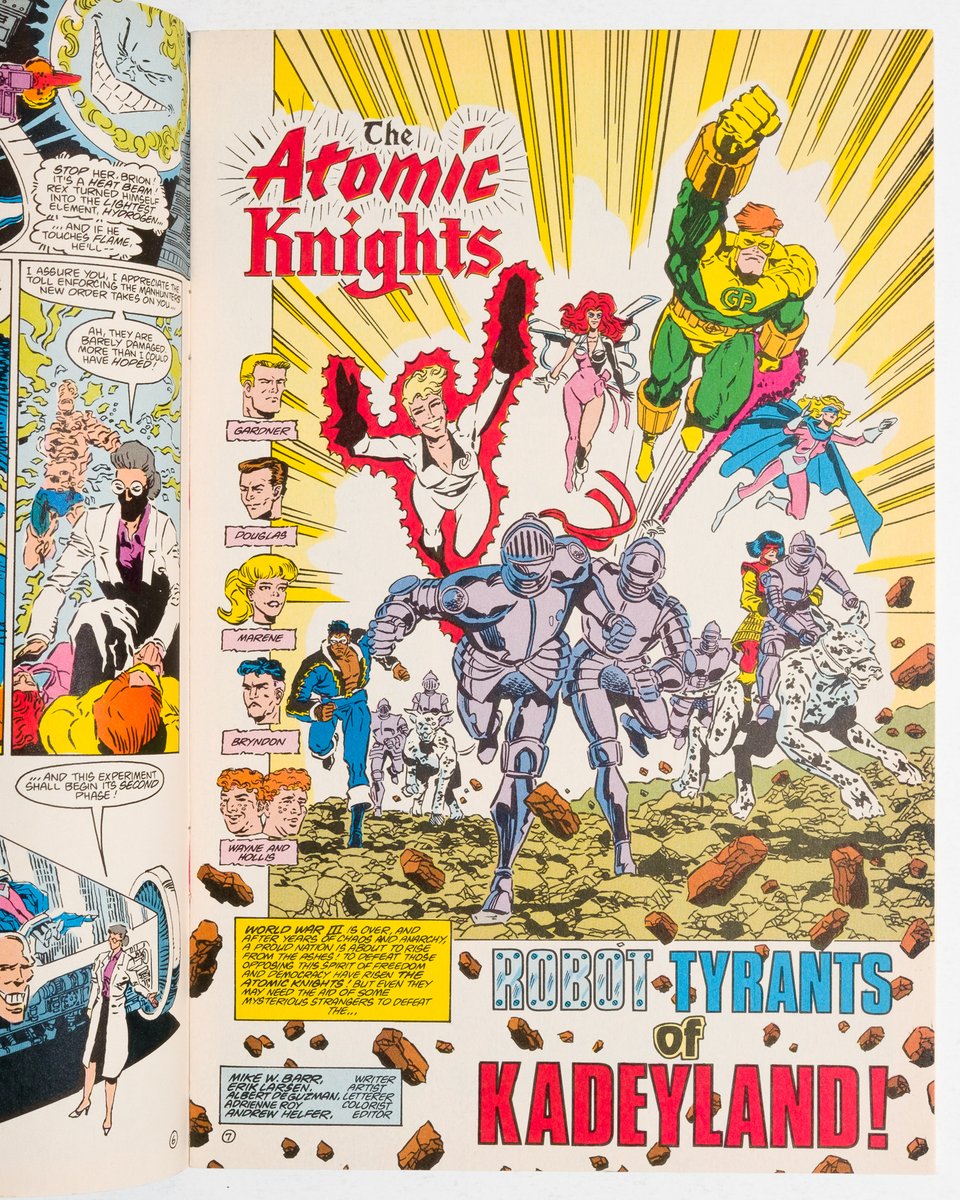
One of the more recent DC experiments with weekly publication came in the pages (or should I say folds?) of the aptly titled Wednesday Comics.

The series, which lasted twelve issues, was spearheaded by Mark Chiarello and fits nicely alongside other high concept Chiarello editorial projects like Solo and Batman: Black and White. Unlike those other projects where the conceit revolved around “insert x identifiable creator into DC and let them do whatever they like,” Wednesday felt consciously aimed at multiple demographics of DC reader, but was ultimately an exercise in material nostalgia that happened to involve some great writers and artists.


What I mean by this is that the entire package, from release schedule, to paper stock, to the characters, to even some of the creators involved, was chosen to evoke positive memories of the past. The most obvious example of this is found in the physical design of the book, which is composed of multiple broadsheets folded up to be the same size as a standard comic. Each page long installment is accessed by unfolding the sheet twice to expand the book to a final size of 14 x 20 inches.

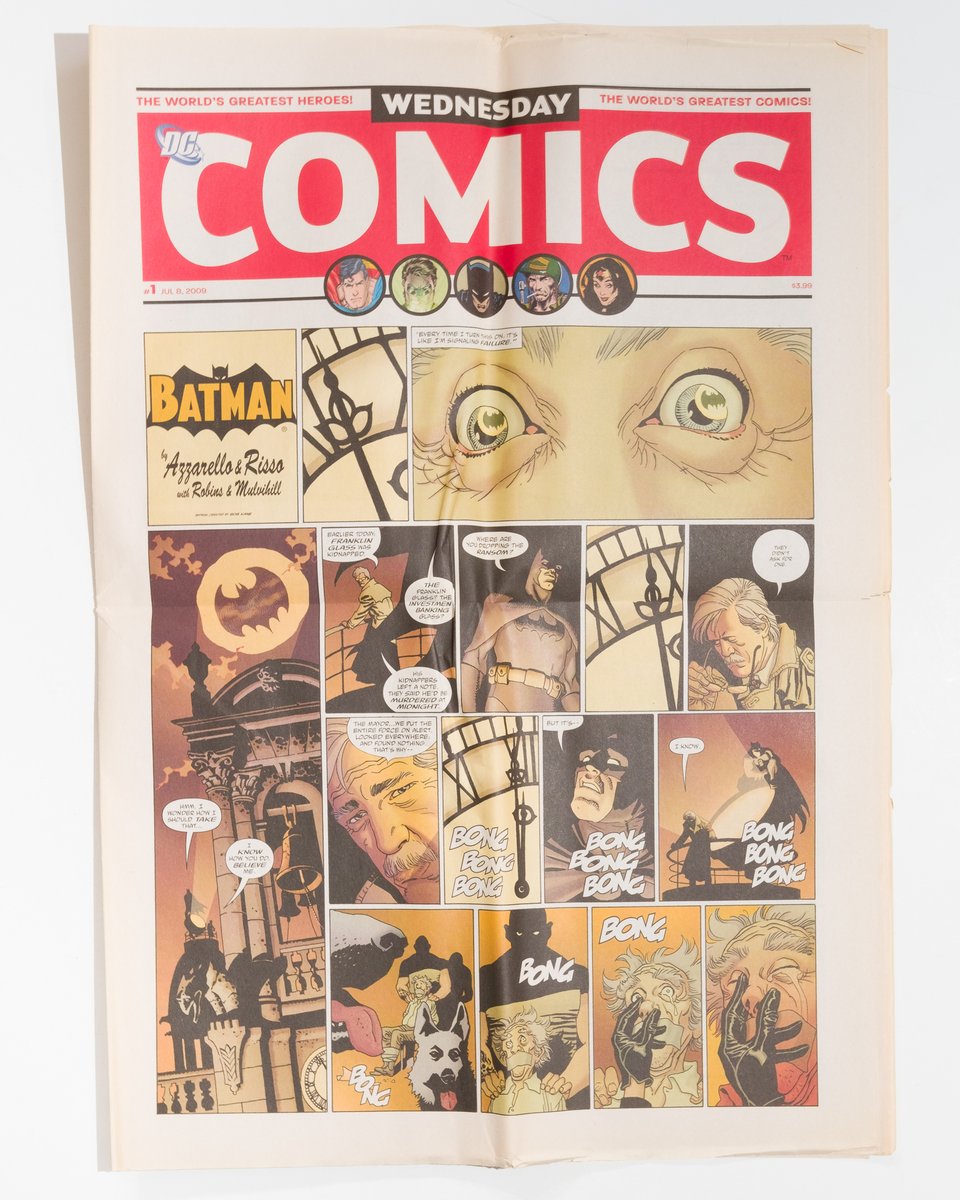
This process, and the newsprint like uncoated stock the book is printed on, recalls the Sunday comics packages that gave us Prince Valiant, Krazy Kat, and so much more. Its design is a very good idea because it’s like candy for a certain kind of comics fan like myself who is invested in the material experience of reading and also wants to see oversized reproductions of Brian Stelfreeze Demon art or Mike Allred’s Metamorpho.

Unfortunately, the book is held back by the persistent feeling that something has gone wrong between the design phase and the final printed product. For example, the way the book folds creates a natural horizontal split halfway down every page. Some artists and writers clearly planned for this, like in the Flash story which splits into two narratives with separate art teams at the fold, while others only used it sometimes, and some not at all. But the fold rarely lines up with this natural break causing the experience to be interrupted.

Of course, it’s a tall order to account for the kind of variances folding this much paper in however large the print run was, but the design seems particularly unforgiving given how much free space there is at top and bottom. This is, admittedly, a minor complaint that I seem to have blown out of proportion. But these small details really do matter, and (if I may climb on top a soapbox for a moment) how are comics supposed to get better if we are not able to clearly look at and critique work for the future? As a whole, Wednesday Comics is a success. This is clear not only in the design, which I genuinely like and applaud DC for taking such a big risk on (criticisms aside), but also in the quality and range of artists Chiarello gathered. There seems to be a style of DC story for every taste, from old school pros like Jose Luis Garcia-Lopez on Metal Men to modern day edgelords Brian Azzarello and Eduardo Risso on Batman, to more lighthearted, all ages fare like the Supergirl story by Amanda Conner and Jimmy Palmiotti. If DC’s publishing line is going to continue to be a line item in the budgets of movie and TV projects, why not take some risks and have fun making comics like this again?
by their very nature, these books are NOT in mint condition. The newsprint has aged pretty beautifully and some of the folds have tears. If this is a concern please message me for more detailed shots. You can see some examples of this in the first image
Changing gears now in a move that may seem abrupt but will make sense with the release of issue 2 of the newsletter, let’s talk about Dynamo Joe.
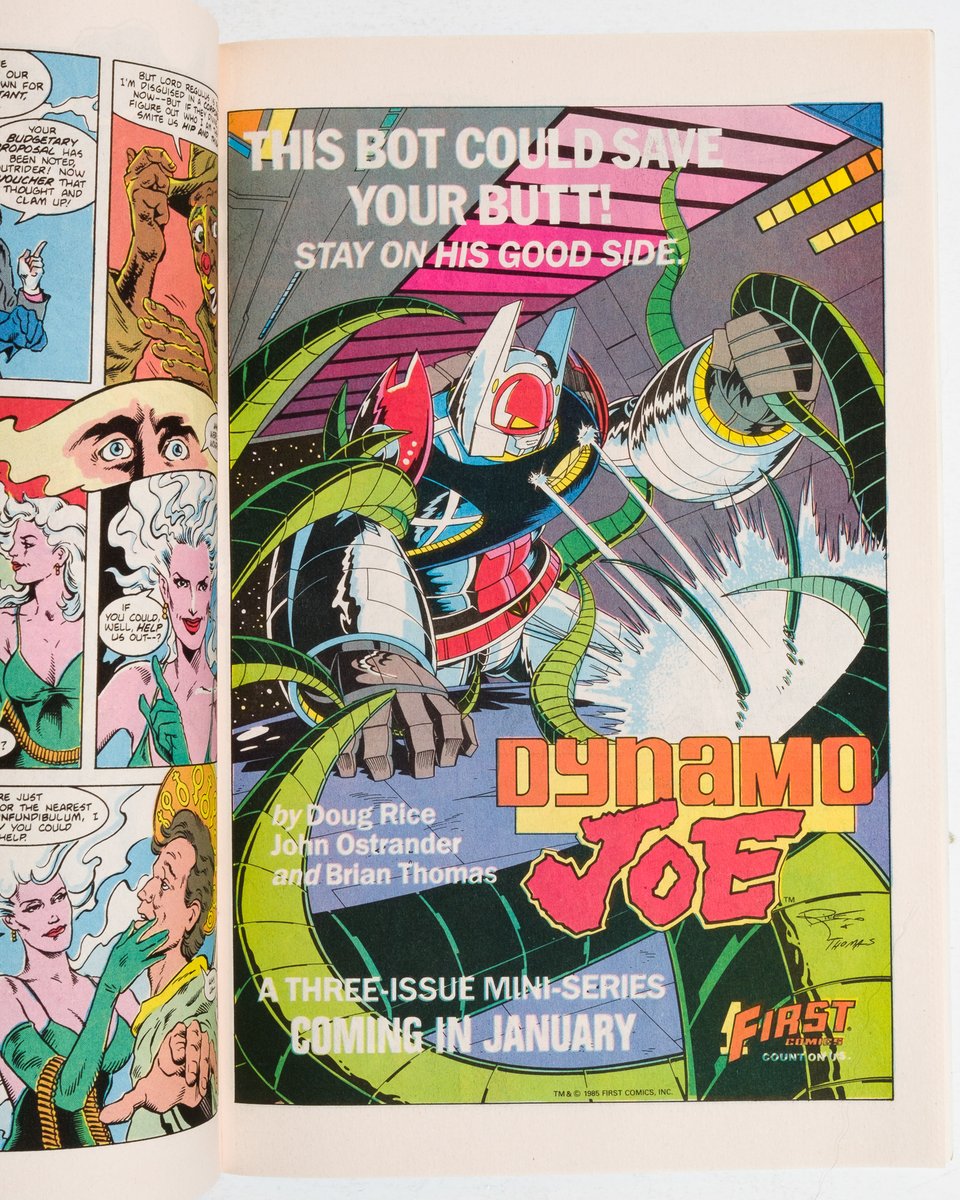
DJ is an odd, but interesting confluence of influences and trends that could only have happened in the wild frontier of the American independent comics publishing scene of the 1980s. Created and illustrated by First Comics staffer Doug Rice (who possibly worked in the First offices at the same time Staton did?), the book is an early example of the mech genre in comics that rode a wave of interest from Robotech and its associated comics series. However, Rice’s style does not fit neatly with what would later become known as “amerimanga” and its attendant aping of Japanese manga anatomy. Instead, Rice draws people in a more or less straight western manner, he just also really likes drawing giant humanoid robots too.
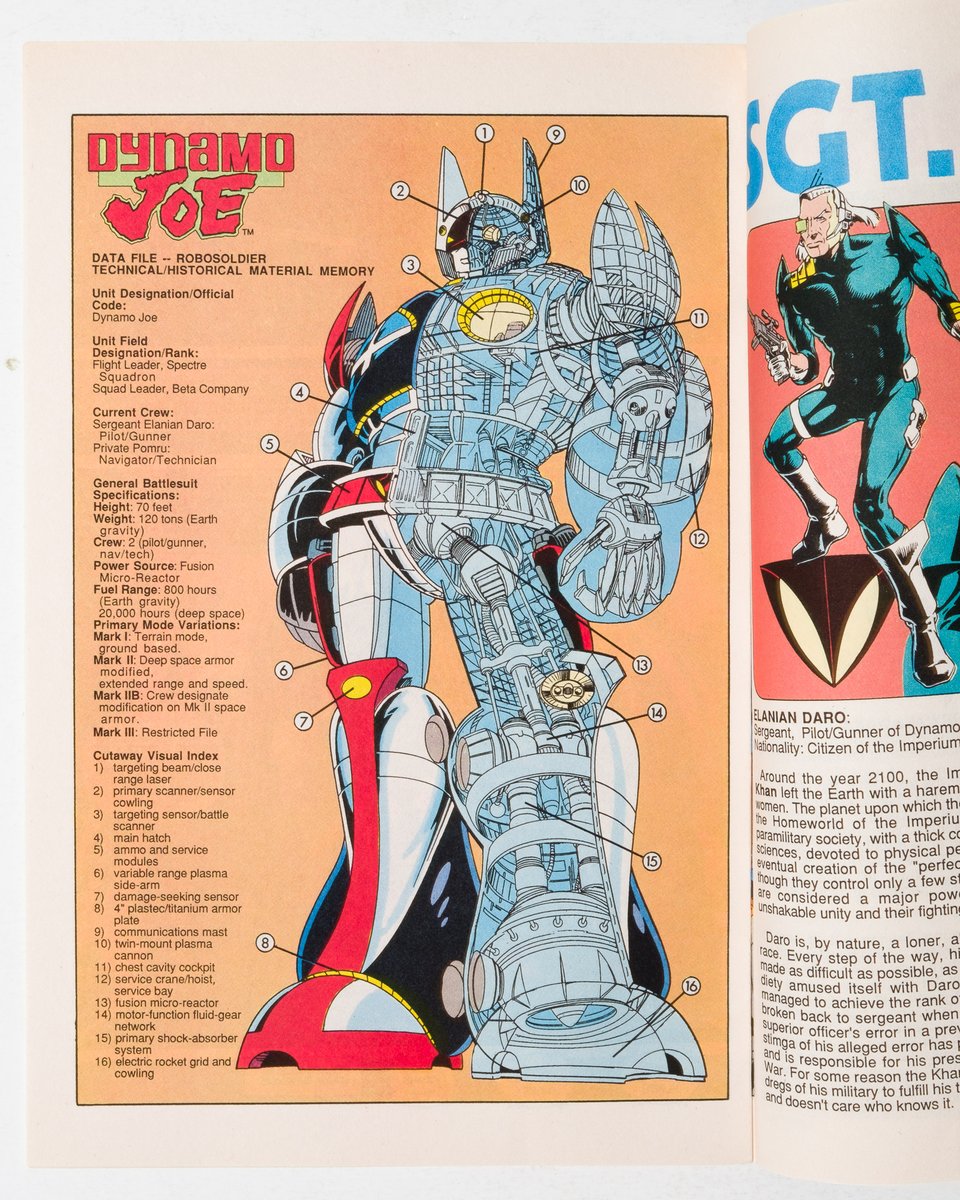
Dynamo Joe also suffers from one of the most confusing publishing sagas I’ve ever encountered in a book. One that amounts to a complete story told over 15 issues and a special. The book debuted as a backup in the last three issues of Mars, another sci-fi book published by First (and one of my favorites!). Next, Joe appeared in the anthology book First Adventures but that book ended with issue 5, in part to give Joe his own headlining three issue mini-series. To add another wrinkle, that mini-series was bumped up to full ongoing series that kept the title and numbering. But in the gap between issue 3 and 4, First released a padded out reprint of the Mars backups and a crossover issue with John Ostrander’s Grimjack.


Ostrander was also the co-writer on Dynamo Joe so this made plenty of sense and set up some tantalizing story beats for Joe to maybe address at some point in the future (it did not). That first run of stories is noteworthy for its punchy, excellent genre writing, a hallmark of Ostrander.



With issue 4 and the beginning of the ongoing series, scripting duties were given to Phil Foglio, who also wrote an in-universe backup with fun art by a young Paul Guinan.
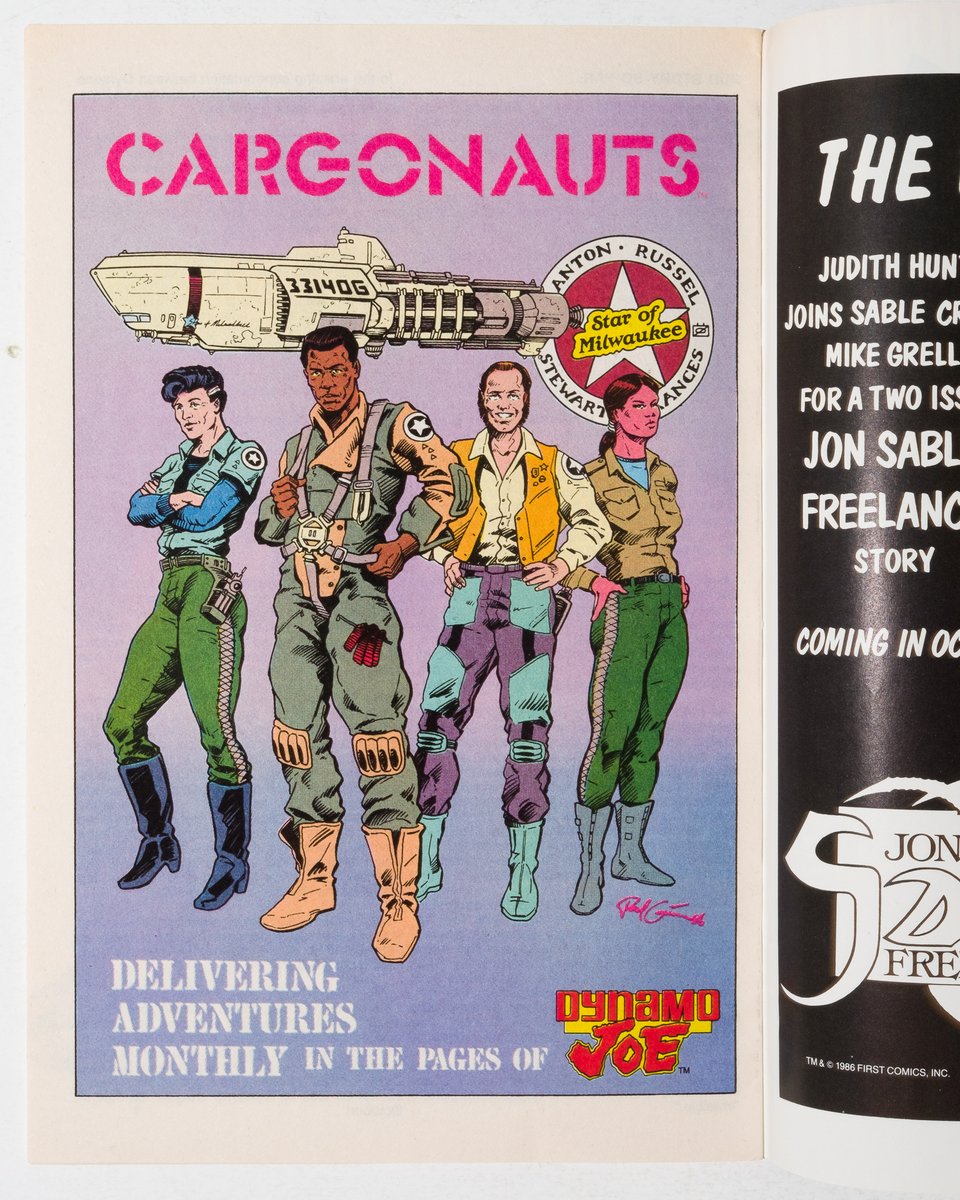

Foglio would remain with the book for the rest of the run. My personal preference is for the Ostrander stuff, but that is not to denigrate Foglio’s contributions, which exchange some of the harder sci-fi components for a welcome sense of brevity and a hint of space opera camp. You’ll note that Doug Rice, the creator, was never the writer of the book, instead given a story and illustration credit. Simply put, Rice was an artist not a writer. This is not an uncommon sentiment among the the American small press, but the difference here is that Rice had the good fortune to be paired with some truly excellent writers that could avoid some of the obvious pitfalls in scripting that plagued so many other artist driven books of the time. Less defensible is the fact that, near the end of the run, a few issues weren’t even drawn by Rice, in an apparent surrender to the logic of deadlines over artistic intent. That said, the fill-ins are by a young Ben Dunn, who does an admirable job at maintaining the aesthetics of the book while giving them his own spin. Nevertheless, the fact remains that this is an independent book made with mainstream values, something you could say about many of the titles in First’s line.
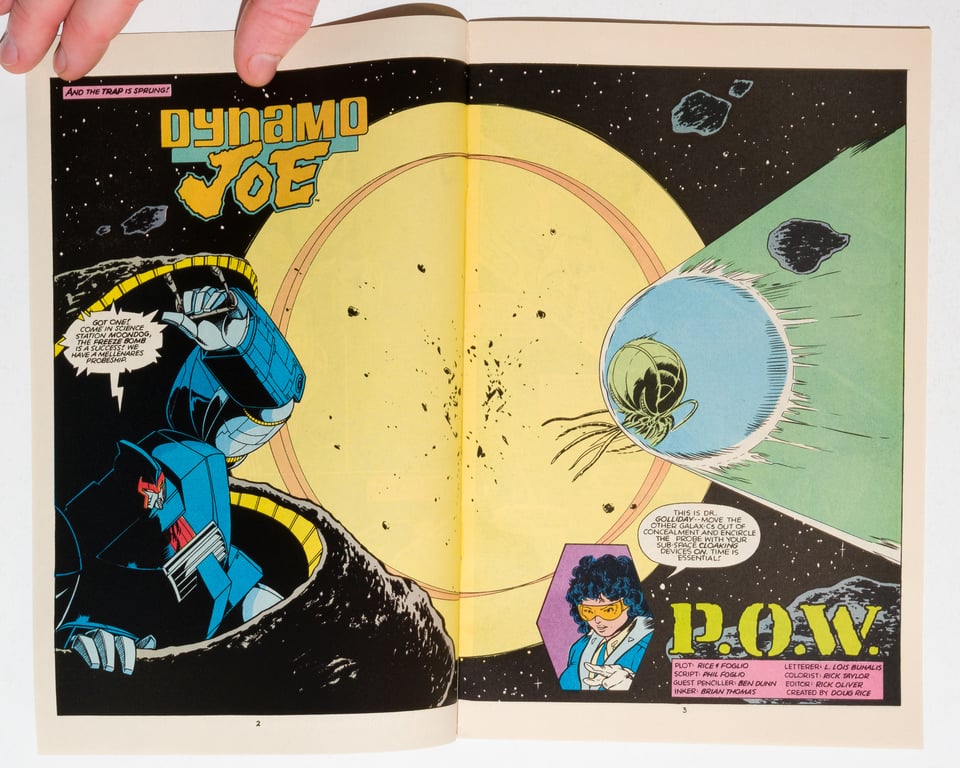
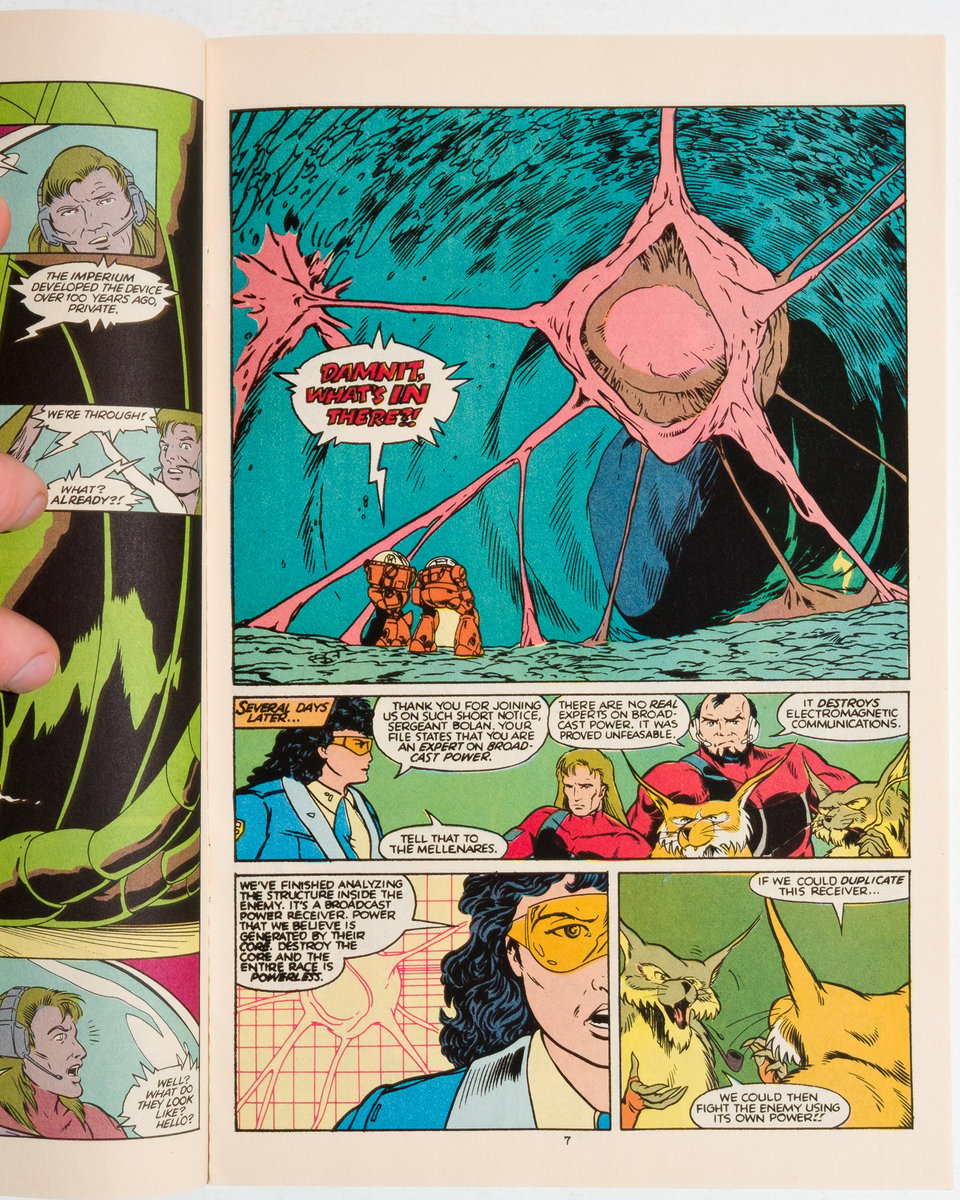
Collected here is the Dynamo Joe Special that collects the backup material from Mars, First Adventures 1-5, Grimjack 30, and Dynamo Joe 1-15, plus the First Six-Pack which features Joe on the cover and some black and white preview art. Damn near all you can get on Dynamo Joe.


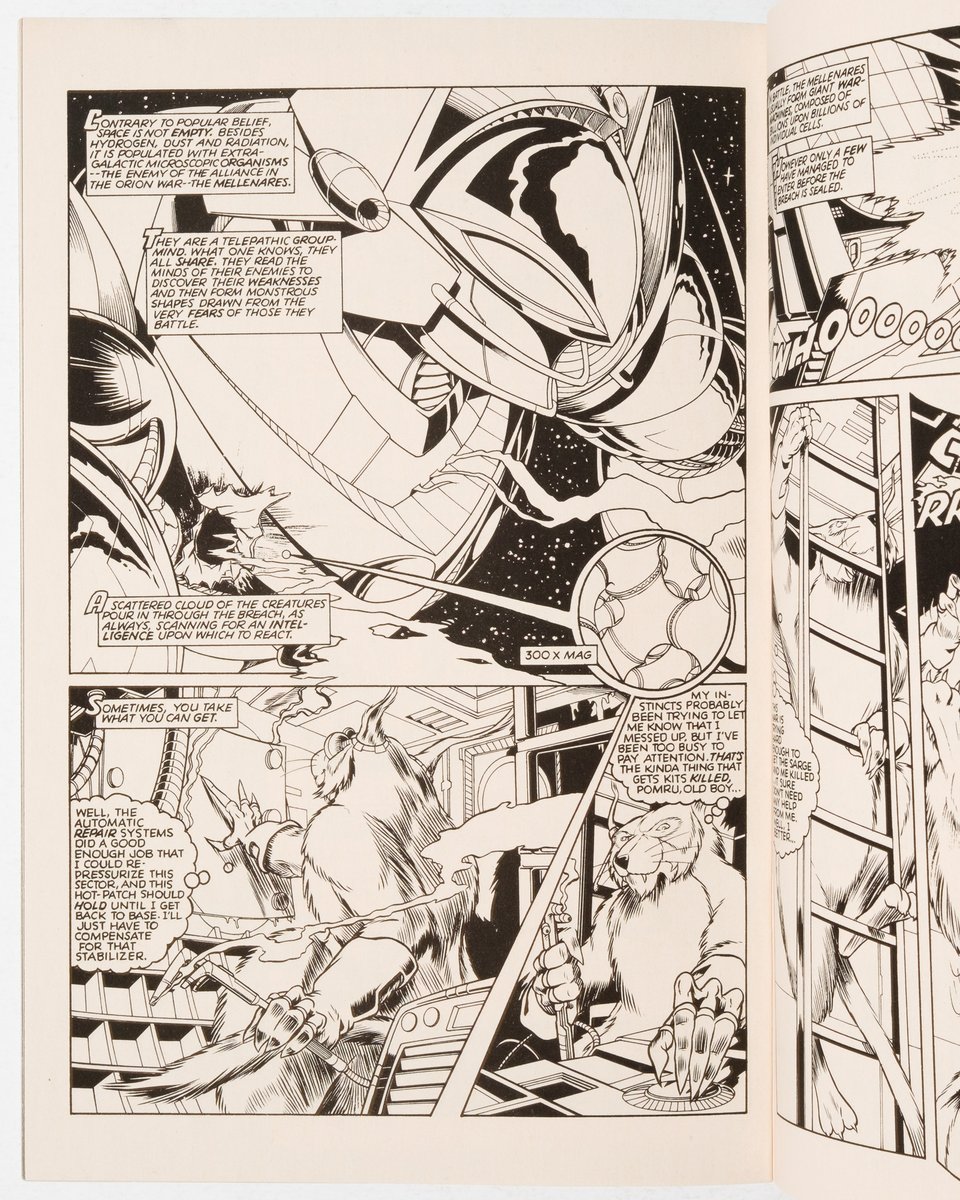
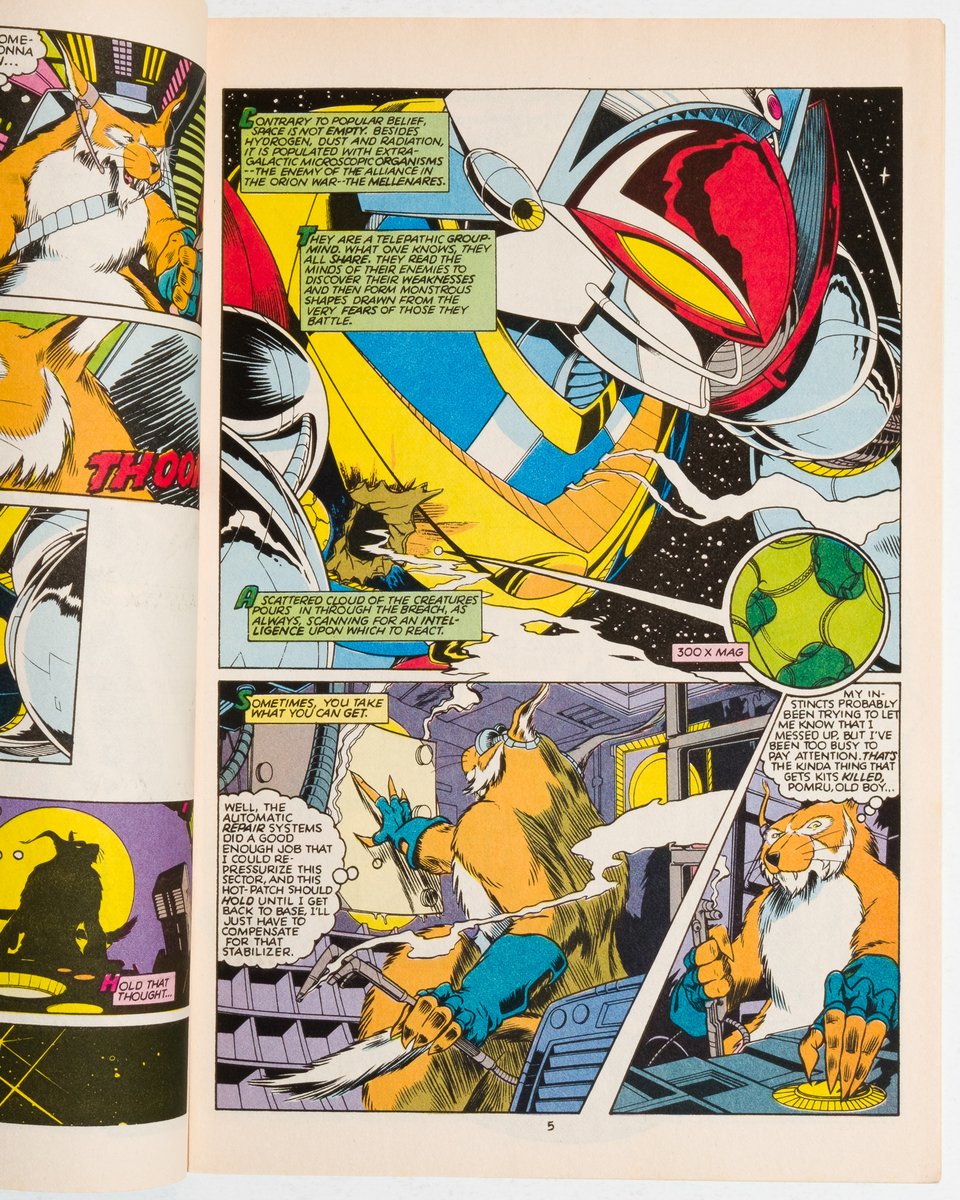


Before I go, I have to briefly mention some of extra material contained in these books. Cargonauts I have already mentioned above, but it bears repeating just how enjoyable that material was to read and look at. I would happily spend more time with those characters if Foglio and Guinan are listening. In addition to that, Grimjack 30 features a backup drawn by the one and only Stan Sakai that somehow ties into the regular continuity of that book.

And then there are the other features in First Adventures: Blaze Barlow and Whisper. The fact is, Blaze Barlow is completely bonkers but totally overshadowed by the eccentricities of Whisper.
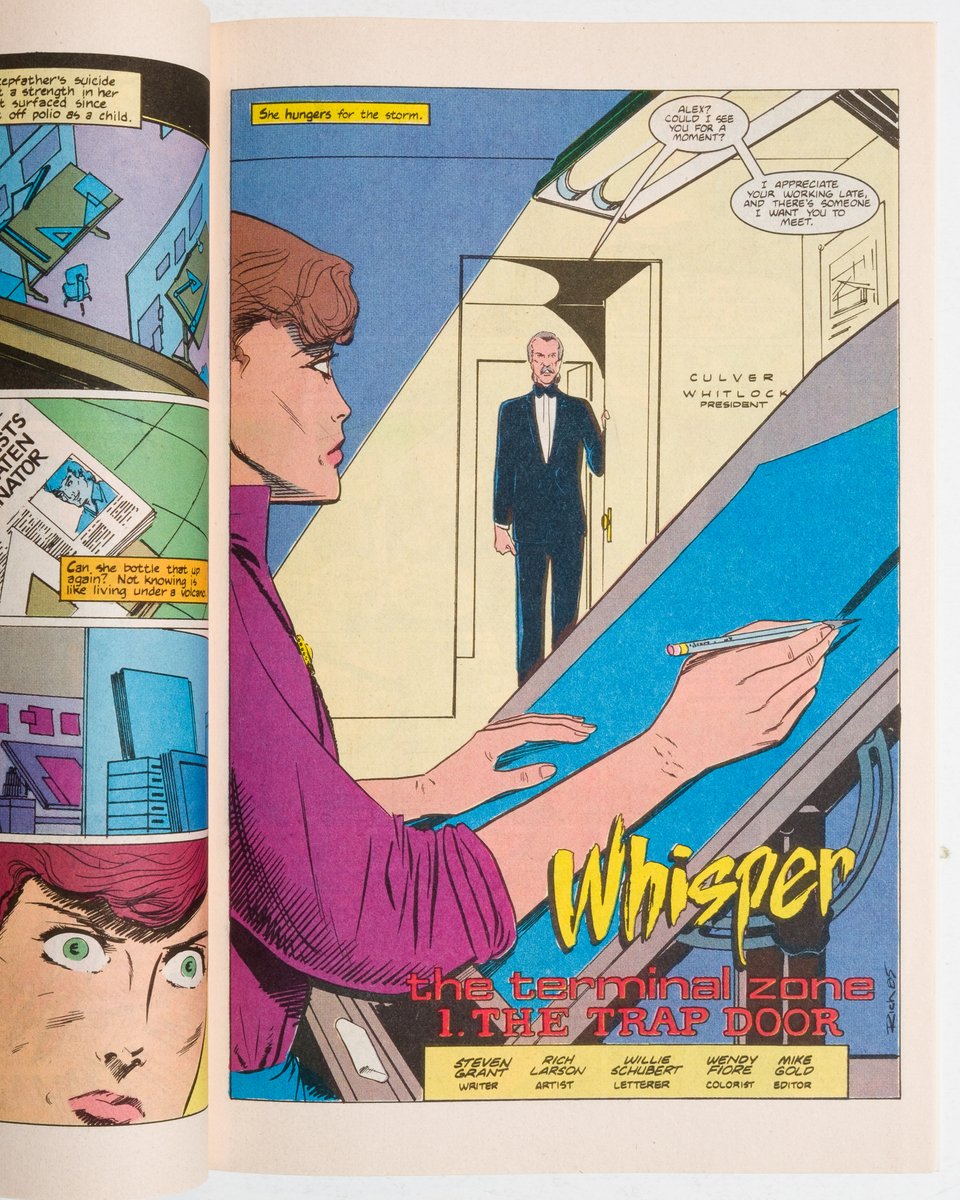
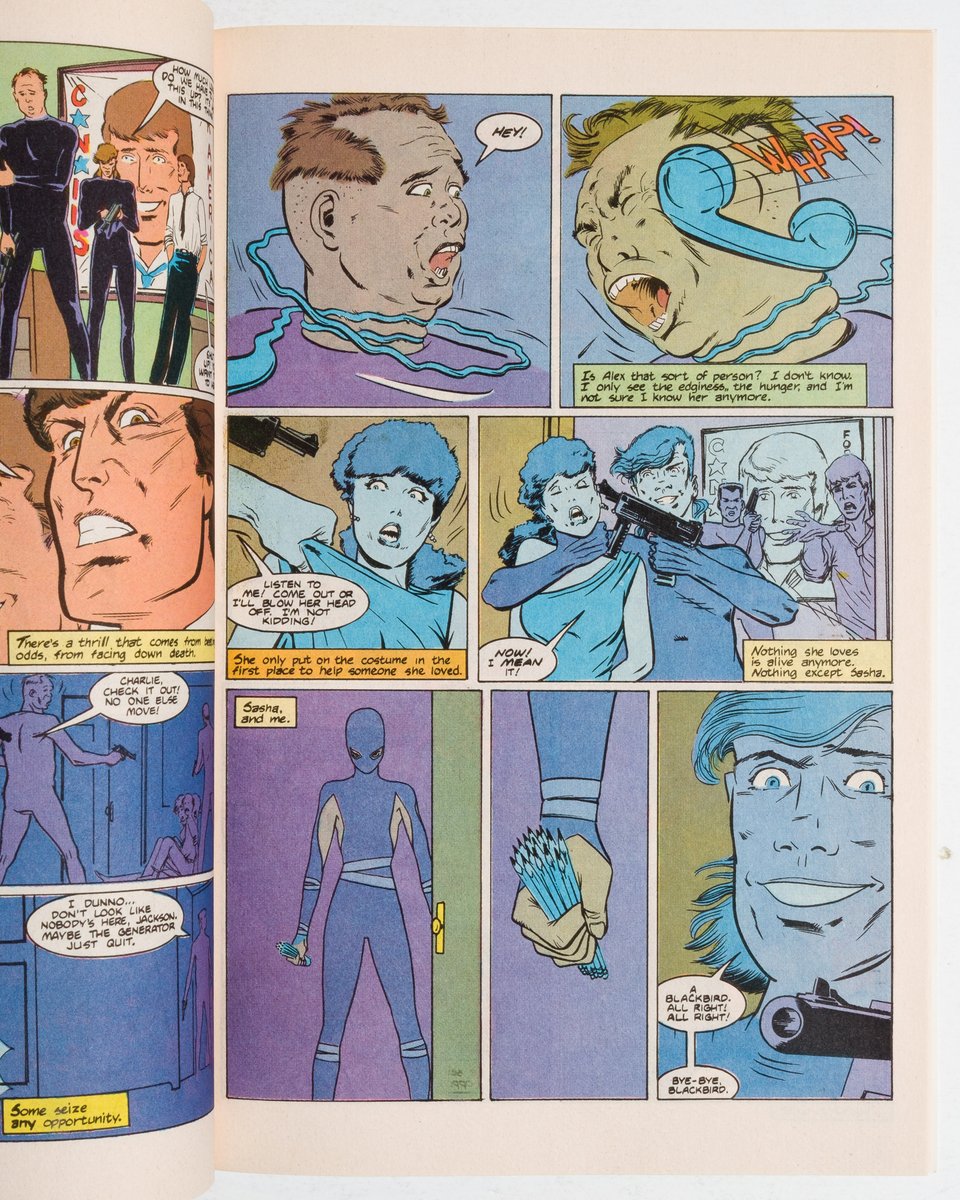

as with all these books, there is some variance in condition but everything tends towards being in very nice shape. First Adventures 3 is probably in the worst condition. something that I have documented better in the shop.
MORE HIGHLIGHTS FROM THE SHOP:

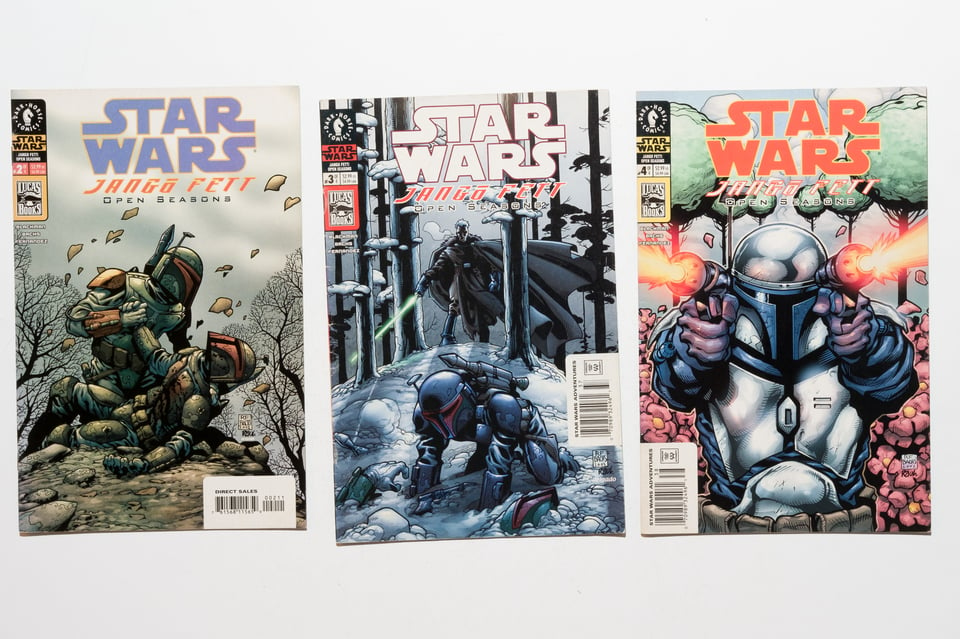

these and many more books are available online as we speak! click through the links and I’ll see ya next issue!